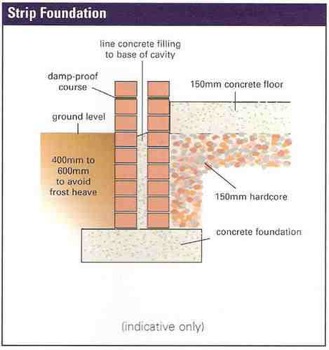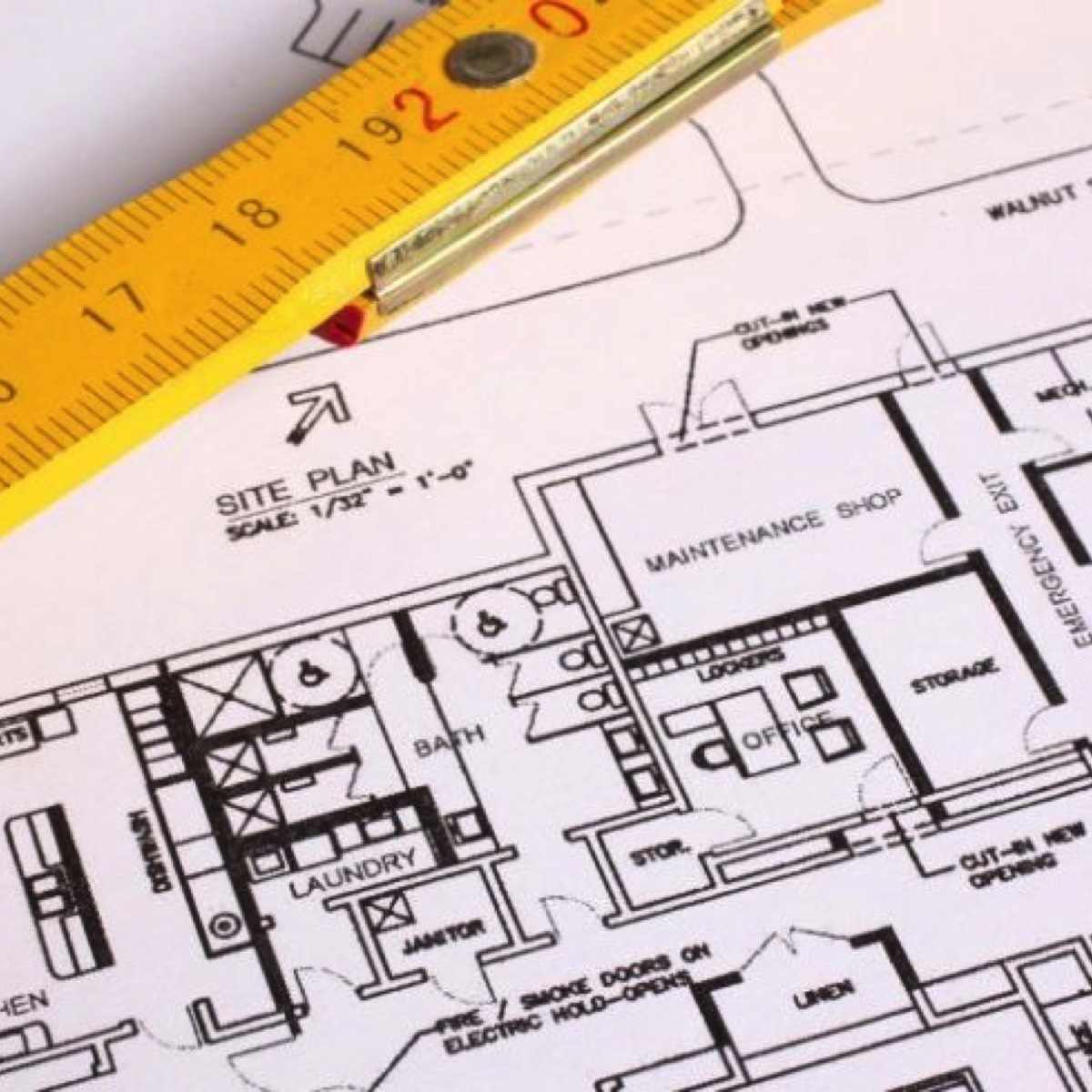All Need To Know About Digging Foundations For An Extension

Digging the Foundations/Footings of a House/Home Extension
So it’s day one of your grand project. The site has been cleared and all the relevant permissions have been obtained.
One of the very first things your builder will have done on his initial site meeting with you, is take an overview, not only of the site, but of the access to it.
Obviously if you have a larger property, chances are you will be able to get a mini digger around the back, but if you live in a smaller house or a terraced property, then it will be a spade, barrow and skip job.
If it’s a hand dig, the builder will, in my experience, set the younger members of his crew to work before nipping off to do something else “that has just come up.
”Delegation is a wonderful thing” and fair play to him, he’s done more than his fair share in his time and he pays the wages. And he’s developed a twinge in his back apparently.
It can be pretty grim digging foundations by hand. There is no way to sugar coat it. If at all possible, the builder will prefer to use a mini digger.
Although more expensive, the speed of the dig can give everyone a lift. On our current extension, the groundwork company, dug all the trenches for a 60m extension, filled them with concrete and cleared the spoil in 2 days!
This is all based on the assumption that access for machinery is possible. If not, then the boys will have many days digging and by the end of the week, spirits will be slightly lower than they were at Ypres.
On the bright side, they do make a mini digger now that can fit through a standard 6’6 by 2’6 doorway which is pretty handy.
There can be a lot of nonsense written about foundations. There are strip, wide strip and raft and pile. Please wake up at the back!
For the brickwork, he will dig strip foundations which are essentially what we would call a trench. The dimensions will have been stipulated on the drawings by the architect.
Having set out his lines using high tech equipment such as a tape measure, pegs and string, he will mark out the lines of the trench.
These do have to be accurate and should be checked and double checked to ensure the footings are exactly where they need to be, and, importantly square to the house.
If your builder is out by a couple of degrees at the house end of the trench, this is exaggerated massively by the time he reaches the end of the trench.
A basic grounding in Pythagoras, add a dash of Euclidian geometry and Bob’s your uncle. It's as simple as 3,4,5 really. Failing that, he should have a big set square, or even better, a laser square that can go beep when everything is okay!
Getting it Right!
Setting out for foundations that are to be dug by a digger are done in pretty much the same way, however instead of brick lines, it is better to mark the centre line of the trench with a bright construction paint such as canary yellow or Dale Winton orange.
Then the driver will clip on his 600mm wide bucket to his digger, follow the line, and be able to get an accurate square excavation whilst seemingly having a mobile phone permanently pressed to his ear.
Regulations
For the vast majority of extensions, a 600mm wide, 1 metre deep trench will suffice, but it all depends on what kind of soil you have, and once again the Building Inspector is all powerful.
He can make the builder dig deeper and deeper until he hits solid undisturbed ground. This is rare though, but should it happen, the builder may come to you looking for a bit more money for the extra costs involved in labour, removal of soil and additional concrete needed to fill the trench.
Well that’s fair enough, but he needs to speak to you as it becomes apparent following his meeting with the Inspector and not just hit you with a bill after the work has been completed.
The whole point of foundations is to give a good firm footing on which the house is to be constructed. They also protect against soil heave - the movement of the soil and ground around the extension.
This can be caused by heavy rain followed by drought conditions or the proximity of large trees whose roots go looking for water.
It has been estimated by The Building Research Development that it is possible for some sites to heave 50mm up and 60mm sideways in one year.
So that just illustrates how important it is for your builder to get his excavations right. As regards the tree problem, don’t go cutting nearby trees down willy-nilly as there may be a Tree Preservation Order on them.
Speak to your Local Authority and your neighbours!
When all the trenches are dug to the satisfaction of the Building Inspector, your builder will want to get them filled as soon as possible to prevent them caving in resulting in more digging, more expenses and more lumbago.
He may choose to have his ballast delivered loose and knock it up by hand, but if it is a middling to large extension, he will call in Ready Mix, Mix-a-Mate or some similarly named company whose miserable driver will turn up late, complain about the site location, light up a fag and tell your builder he’s got three minutes to get it shifted or he’s dumping it in the road.
Then your builder will probably give the driver £20 and he is miraculously transformed into charm personified.
Some builders may choose to partially fill the trench with concrete and start building lower down in the trench.
This method has the advantage of using less concrete but is more labour intensive, plus he then has to buy and lay all the trench blocks.
Your builder will probably choose to fill the trench to a depth of 1 metre – it’s more expensive in concrete but is quicker, and many would argue, more solid. Again if the Inspector says it's ok, then you should have no concerns. His opinion is what counts.
Whatever method your builder employs he will want to finish his levelled concrete on, or fractionally below, an existing brick joint on the main house.
This way he can start laying his bricks in exactly the right position. You could say on a level footing (I’ve been saving that one up!)
He will then bring his brickwork up to level with the existing damp course on the main house and lay his own damp course across the new brickwork.
His new damp course must be a minimum of 150mm above the outside ground level so as to eliminate rainfall or leaking gutters splashing off a hard surface, thus bridging the damp course and creating a damp problem internally.
At this point in the proceedings, it will be necessary to call in our friendly Building Inspector again and, if he’s happy, you should be happy and we can start building the walls!
For all job costs click on the appropriate section below:
www.buildingsheriff.com
Copyright The Building Sheriff Ltd 2019


